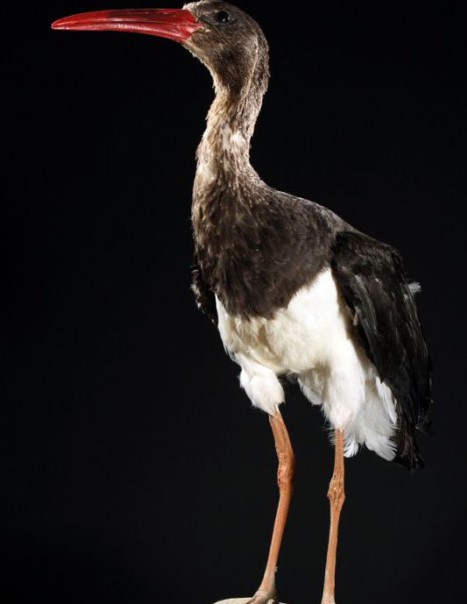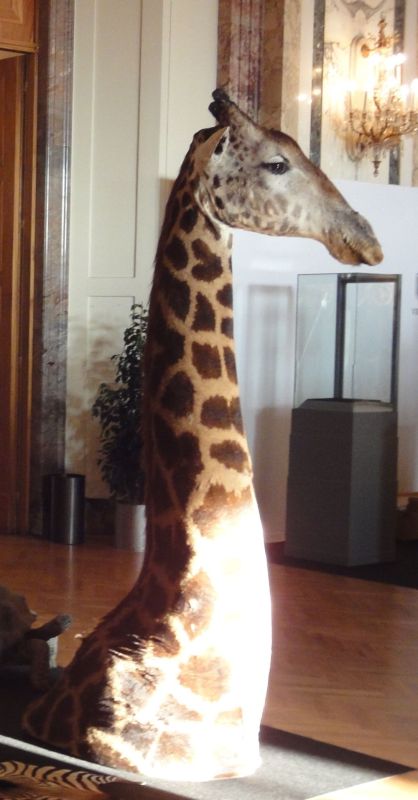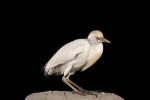Black Stork – Ciconia nigra
Black Stork – Ciconia nigra
Wader living near fresh water, its lifetime is estimated at 18 years. Slightly smaller than the White Stork, it differs from it by its color in large black part, except the lower chest and belly. It has Long legs, long neck, beak very long and slender body; both sexes are similar.
Black Stork is very expressive, highly variable. At the arrival of an intruder in the nest, they emit high-pitched sounds. It breeds in the lowlands or medium altitude, in forests with rivers, backwaters, marshes, and also in the plains and flooded forests or dense beech groves, oak or pine, and in ancient mountains. It loves marshes, wet meadows and reed beds.
In late March, black storks perform differently bridal parade of white storks. They move the neck from one side to the other by the undulate like a snake. At the same time, the tail unfolds as a fan. The couple also performs large mating flights. Its flight is powerful and regular.
To feed, the black stork probe shallow water and catches its prey by piercing it with its sharp beak.
At the end of the breeding, black stork abandon the site, but it occupies the nest of previous years. It is a bulky nest made with locally available materials, made of branches and twigs, lined with moss, grass and leaves, amalgamated with soil. It is located in the thick groves of beech, oak and pine trees, and more frequently on cliff ledges, always near water, zone discovery, at least a dozen meters above the ground.
The female lays 3 to 5 white eggs. Incubation lasts 38 to 42 days, and is provided by the female and the male. The young are fed by both parents. They fledge around 65 to 70 days. It consumes fish, amphibians, insects, shells, crabs, small reptiles, birds and mammals.
The female lays 3 to 5 white eggs. Incubation lasts 38 to 42 days, and is provided by the female and the male. The young are fed by both parents. They fledge around 65 to 70 days. It consumes fish, amphibians, insects, shells, crabs, small reptiles, birds and mammals.





